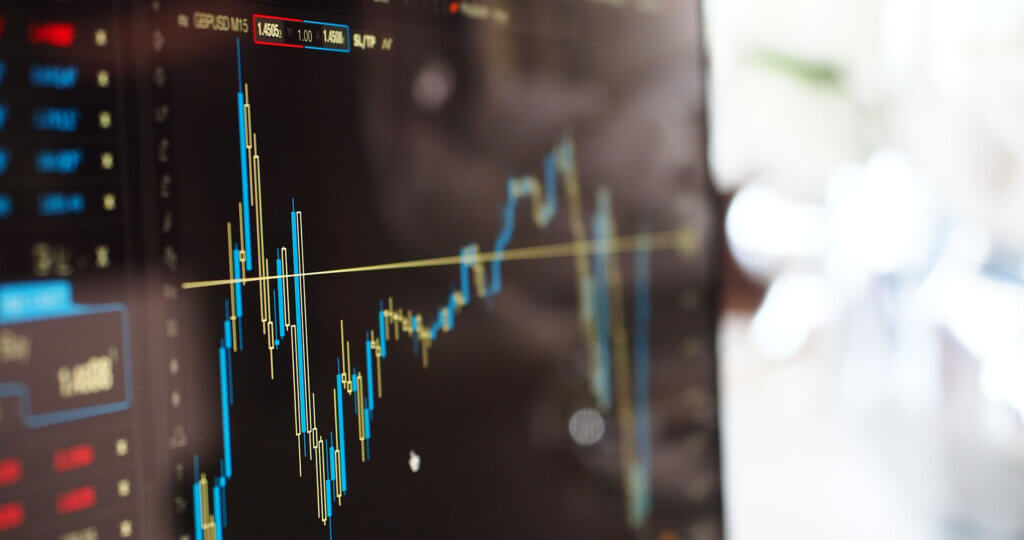Oakmark Fund - Investor Class
Average Annual Total Returns 03/31/18
Since Inception 08/05/91 12.88%
10-year 11.76%
5-year 13.78%
1-year 15.34%
3-month -0.88%
Gross Expense Ratio as of 09/30/17 was 0.90%
Net Expense Ratio as of 09/30/17 was 0.86%
Past performance is no guarantee of future results. The performance data quoted represents past performance. Current performance may be lower or higher than the performance data quoted. The investment return and principal value vary so that an investor’s shares when redeemed may be worth more or less than the original cost. To obtain the most recent month-end performance data, view it here.
With a strong start to the quarter, the Fund hit an all-time high adjusted NAV in January, the seventh quarter in a row of new Fund highs. The subsequent decline in the market and the Fund, however, resulted in a small decline (0.9% decline vs. a decline of 0.8% for the S&P 500). Volatility returned to the market, as concerns about inflation, higher interest rates and a global trade war caused the S&P 500’s returns to range from +8% to -4% during the quarter. While we remain focused on long-term business fundamentals as we evaluate potential investments, we don’t mind taking advantage of higher volatility to increase exposure to high-quality businesses at more attractive prices. During the quarter, we added three new names to the portfolio (see below), and we increased weightings in other companies, including CVS Health and American Airlines.
Our best contributing sectors during the first quarter were consumer discretionary and information technology. Collectively, they accounted for 42% of our equity investments at the end of the quarter. Although financials, our highest weighted sector, enjoyed a strong 2017, that sector’s performance turned negative during the quarter. Netflix and Mastercard were our best individual contributors for the quarter, up 54% and 16%, respectively. Our lowest contributing sectors for the quarter were industrials and financials, and our worst contributing securities were General Electric and Comcast. We added new positions in Facebook, Flex and Regeneron, and we eliminated positions in AutoNation, JPMorgan Chase and Whirlpool. JPMorgan Chase reached our estimate of intrinsic value, and we sold AutoNation and Whirlpool after we reassessed their return potential.
Facebook, Inc. (FB – $160)
Facebook controls the world’s most dominant social networking platforms, Facebook and Instagram. The company’s unprecedented global reach and infamous ad-targeting capabilities have made Facebook one of the most sought after and effective advertising platforms ever created. More recently, a considerable amount of negative press has surrounded the company, as has happened occasionally in the past. Facebook’s business has repeatedly withstood these historical setbacks, due in part to its superior products, powerful network effect and track record of out-innovating, replicating or acquiring its would-be competitors. Without ascribing value to the company’s non-earning assets, which include messaging platforms WhatsApp and Messenger (among others), Facebook is trading at less than 15x next year’s earnings (excluding net cash), a discount to the S&P 500 Index. This is a very attractive valuation for a company that is projected to grow its revenue well in excess of 20% for the foreseeable future. We believe that Facebook’s normalized operating margin is substantially higher than what it reports, as the company continues to invest heavily in a variety of growth initiatives.
Flex Ltd. (FLEX – $16)
Flex is undergoing a business transformation that should result in structurally higher returns on invested capital. A decade ago, the company, then known as Flextronics, looked like a classic contract manufacturer. Like its peers, it had a concentrated customer base, composed almost entirely of electronics companies, and it would manufacture products to meet customer specifications. Contract manufacturers have few meaningful competitive advantages in the low-margin manufacturing business, as their main value-add is locating production in low-cost regions. However, since Mike McNamara took over as CEO in 2006, Flex has been investing in what it calls “sketch-to-scale” capabilities, in which Flex’s engineers are actually involved in the design phase of customers’ products. This is a better business than contract manufacturing due to higher barriers to entry, stickier customer relationships and higher profit margins. Sketch-to-scale arrangements account for about 23% of revenues today and should almost double to 40% by 2020. In our view, this business shift and the accompanying boosts to both margin and ROIC are not priced into the stock, which trades for less than 14x next year’s consensus EPS after adding back intangible amortization.
Regeneron Pharmaceuticals (REGN – $345)
Regeneron is a biotech company with industry-leading research and development (R&D) productivity and a proven management team. The company is led by its founder Len Schleifer who maintains a culture focused on internal development of novel new drugs. Schleifer also holds a significant equity stake in the company. Over the past decade, Regeneron has received approval for six drugs, all of which were developed in-house. Regeneron prices its drugs responsibly, and the company has never initiated a price increase. Recent drug approvals provide a strong path for long-term growth, and we expect that its largest drug, Eylea, will be sustainable for at least several more years. Regeneron spends significantly more than its peers on R&D, and its selling, general and administrative (SG&A) spending is elevated, as a result of several recent drug launches. We believe Regeneron’s R&D spending provides a great return on investment, and we expect launch costs to normalize over time. Although the company’s consensus P/E multiple appears high, if its R&D and SG&A costs are adjusted to average levels, Regeneron would trade at a low-teens P/E. We believe this is a compelling valuation for a growing business with a strong management team that is aligned with shareholders.
The securities mentioned above comprise the following percentages of the Oakmark Fund’s total net assets as of 03/31/18: CVS Health Corp. 2.0%, American Airlines Group, Inc. 2.1%, Netflix, Inc. 2.4%, MasterCard, Inc., Class A 2.6%, General Electric Co. 1.7%, Comcast Corp., Class A 2.2%, Facebook, Inc. 1.0%, Flex Ltd. 1.0%, Regeneration Pharmaceuticals, Inc. 1.3%, AutoNation, Inc. 0%, JPMorgan Chase & Co. 0% and Whirlpool Corp. 0%. Portfolio holdings are subject to change without notice and are not intended as recommendations of individual stocks.
Access the full list of holdings for the Oakmark Fund as of the most recent quarter-end.
The net expense ratio reflects a contractual advisory fee waiver agreement through January 28, 2019.
The S&P 500 Total Return Index is a float-adjusted, capitalization-weighted index of 500 U.S. large-capitalization stocks representing all major industries. It is a widely recognized index of broad, U.S. equity market performance. Returns reflect the reinvestment of dividends. This index is unmanaged and investors cannot invest directly in this index.
EPS refers to Earnings Per Share and is calculated by dividing total earnings by the number of shares outstanding.
The Price-Earnings Ratio (“P/E”) is the most common measure of the expensiveness of a stock.
The Oakmark Fund’s portfolio tends to be invested in a relatively small number of stocks. As a result, the appreciation or depreciation of any one security held by the Fund will have a greater impact on the Fund’s net asset value than it would if the Fund invested in a larger number of securities. Although that strategy has the potential to generate attractive returns over time, it also increases the Fund’s volatility.
The discussion of the Fund’s investments and investment strategy (including current investment themes, the portfolio managers’ research and investment process, and portfolio characteristics) represents the Fund’s investments and the views of the portfolio managers and Harris Associates L.P., the Fund’s investment adviser, at the time of this letter, and are subject to change without notice.
All information provided is as of 03/31/18 unless otherwise specified.





